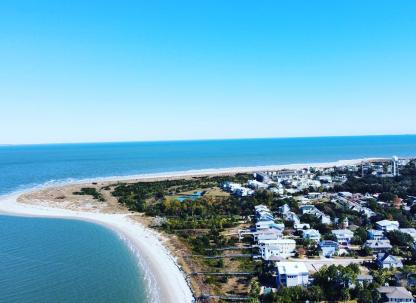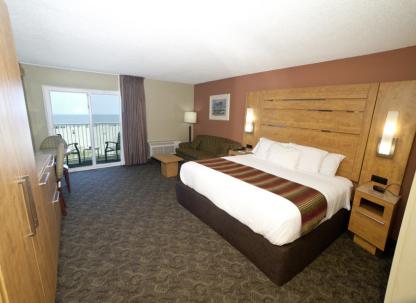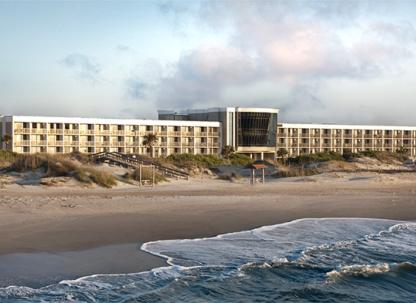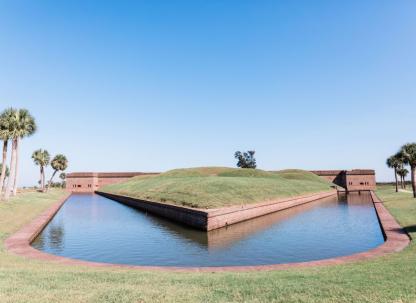Get to Know Tybee Island's Fascinating History
The name “Tybee,” like the history of the island itself, has many interpretations. Most historians believe “Tybee” is derived from the Native American Euchee word for “salt” – one of many local, natural resources that played important roles in the island’s history.
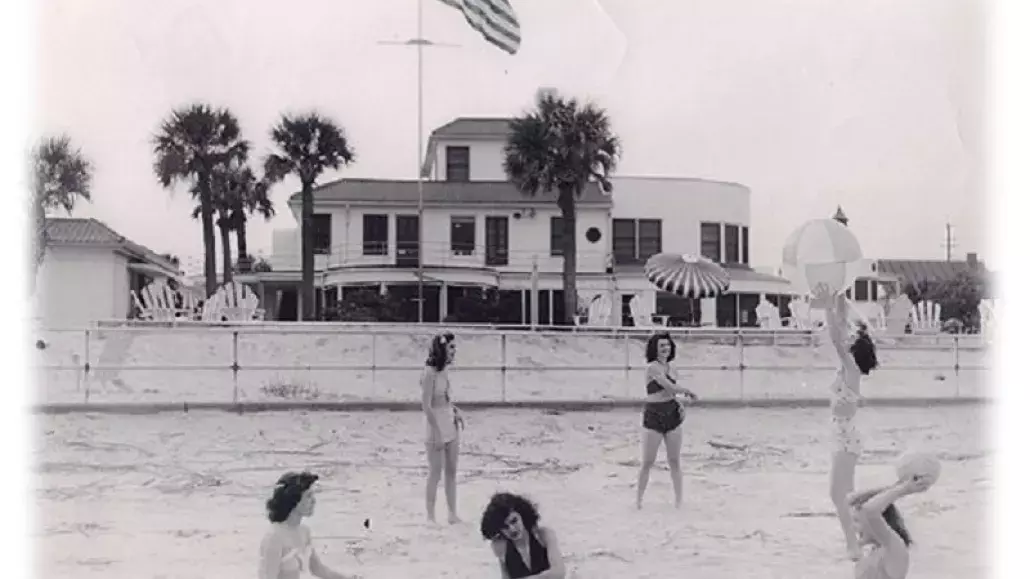
Spanish explorers were searching for riches in the New World. In 1520, Lucas Vasquez de Ayllon laid claim to Tybee as part of Spain’s “La Florida”, an area that extended from the Bahamas to Nova Scotia.
In 1605, the French were drawn to Tybee in search of Sassafras roots, which were a miracle cure at that time. The Spanish fought the French in a naval battle just off-shore of Tybee to regain control over the area.
For many decades, pirates visited the island in search of a safe haven and hiding place for treasure. Tybee and other remote islands were also a source of fresh water and game.
Superior French and British settlements eventually forced Spain to relinquish their claim on Tybee and other islands. In 1733, General James Oglethorpe led the settlement of this area, which was called Savannah because of the vast marshlands and tall grass. The new colony of Georgia was named in honor of King George of England.
Tybee was extremely important because of its location at the mouth of the Savannah River. In 1736, Oglethorpe had a lighthouse and small fort constructed here to ensure control of river access. Also in 1736, John Wesley, the “Father of Methodism”, said his first prayer on the American continent at Tybee.

During the Revolutionary War, Tybee was the staging area for French Admiral D’Estaing’s ill-fated 1779 “Siege of Savannah”, when combined multinational forces attempted to defeat the British held Savannah. During the War of 1812, the Tybee Island Lighthouse was used to signal Savannah of possible attack by the British. Though no such attack took place, a “Martello Tower” was constructed on Tybee to provide protection in guarding the Savannah River. On the western end of the island, an area known as a “Lazaretto”, a variation of an Italian word meaning ‘hospital for the contagious’, was established to quarantine slaves and other passengers who may have been carrying diseases. Tybee would be the final port of call for many of those quarantined there.
Tybee also played an important military role at the outbreak of the American Civil War. First, Confederates occupied the Island. In December of 1861, the Confederate forces, under orders from Robert E. Lee, withdrew to Fort Pulaski to defend Savannah and the Savannah River. Union forces commanded by Quincy Adams Gilmore took control of Tybee and constructed cannon batteries on the west side of the island facing Fort Pulaski about one mile away.
On April 11, 1862, those cannon batteries fired a new weapon called a “Rifled Cannon” at Fort Pulaski and changed forever the way the world protected coastal areas. Within 30 hours the rifled guns had such a devastating effect on the brick fort that it was surrendered. All forts like Pulaski suddenly became obsolete.
Observe the thrilling demonstrations of cannon firing at Fort Pulaski.

After the Civil War, Tybee became popular with Savannah residents who wanted to escape the city heat seeking the cool ocean breezes on the island. There were very few year-round residents before the 1870s, but by the 1890s there were more than 400 beach cottages and other buildings for summer residents. Clear, saltwater breezes were believed to be remedies for various ailments, including asthma and certain allergies. Steamships began carrying patients and tourists to Tybee Island just after the Civil War.
In 1887, the Central of Georgia Railroad completed a line to Tybee Island, opening the island to a wave of summer tourists. The railroad built the Tybrisa Pavilion in 1891, and by the end of the decade, several hundred summer cottages dotted the island.
In 1897, Fort Screven was built on the north end of Tybee to provide a more modern coastal defense. Six poured-concrete, low-profile gun batteries and a minefield, along with hundreds of other military buildings, were constructed. Gun batteries were named to honor America’s war heroes. From 1897 to 1947, Fort Screven was an integral part of America’s Coastal Defense system. In 1947, the fort was closed and sold to the town of Tybee Island and tourism returned as a major part of Tybee’s history.

In the 1920s, U.S. Route 80 was completed, connecting Tybee Island via road with the mainland. The Tybrisa Pavilion became a popular stop for Big Band tours, and development pushed toward the island’s southern tip. By 1940, the island had four hotels, including the DeSoto Hotel and Hotel Tybee, and numerous smaller lodges. The Tybrisa Pavilion burned in 1967 and was replaced by the Tybee Pier and Pavilion in 1996. Cecil B. Day opened the first Days Inn on Tybee Island in 1970.
In 1961, Battery Garland, the former gun battery and magazine storehouse for a 12-inch long-range gun, became the Tybee Island Museum. Rooms that once stored 600-pound projectiles and 200-pound bags of gun powder now hold the collections and exhibits of over 400 years of Tybee Island history.





